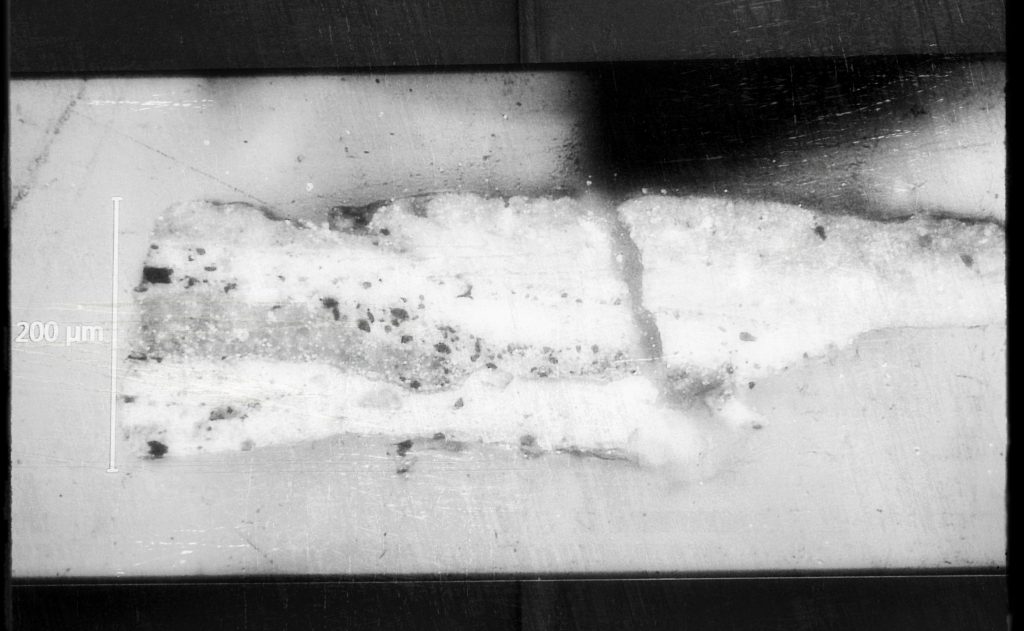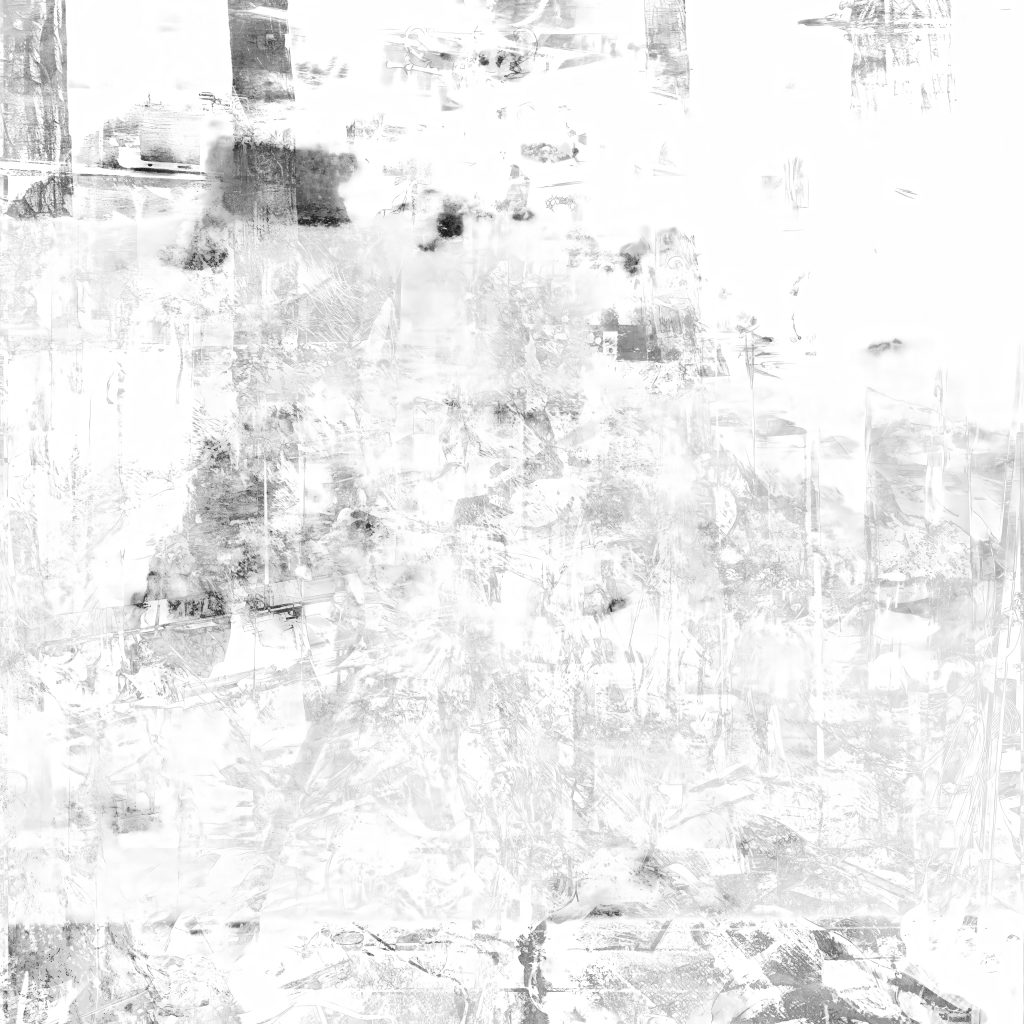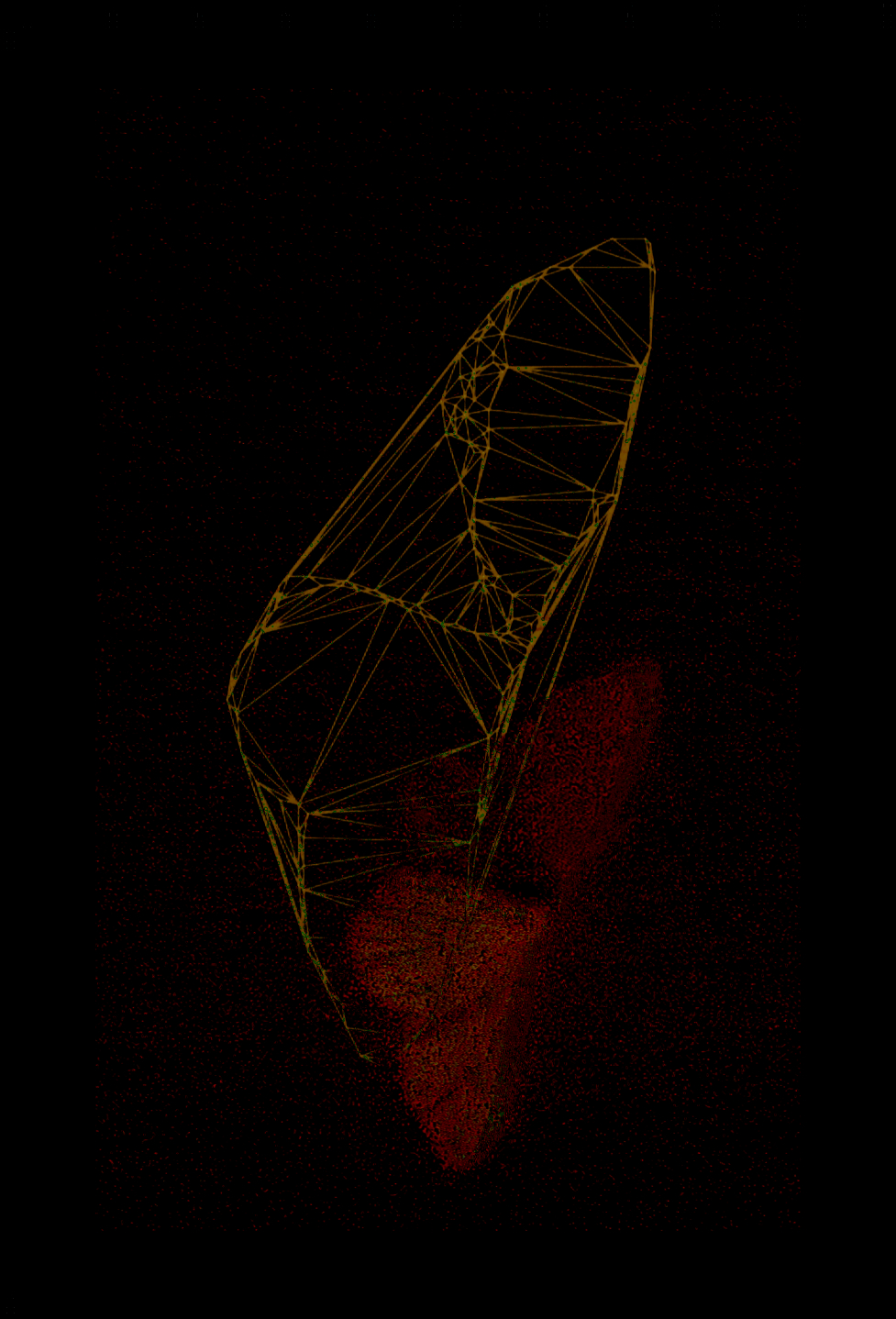Exerque
« And in the breaking of the vessels, sparks of the light fell into the shattered fragments and became mingled with what is coarse or impure »
« A spectral messianicity is at work in the concept of the archive and like religion, like history, like science itself, this ties it to a very singular experience of the promise » — Jacques Derrida, Archive Fever
Text #1 – Tracing the Light
The oldest light we can observe, the cosmic microwave background radiation, is nearly 14 billion years old. One of the defining traits of light is that it cannot truly be owned, at least not yet. In a sense, trees can archive light temporarily through photosynthesis and transform it into chemical energy.
A line can be said to span two ends of a spectrum of light: sunlight, the natural and warm light that is about 8 minutes and 19 seconds old when it reaches Earth, and light from distant stars that has traveled for thousands of years, on the one hand, to light from artificial sources or reflected light, on the other hand, that reaches us in nanoseconds.
So we see one axis representing the distance light travels and another axis covering the range from natural to artificial light.
The word “artificial” is interesting in this context because, like light itself, the word comes to us whether we want it or not. It originates from the Latin artificialis, which in turn traces back, just as light moves outward, to artificium.
This gives us the root ars, meaning art or skill (derived from facere, to make, create, or bring forth).
Lead white is produced by exposing lead plates to vinegar fumes and carbon dioxide. This process forms a white crust on the lead, which is then scraped off and used as pigment. Around 1840, zinc white was invented, and titanium white followed in 1919.
These pigments, in contrast to the ochre, hematite, manganese oxide and charcoal that were used in ancient cave paintings, like Derrida’s concept of the pharmakon, are artificial and human-made.
The production of pigments transforms substances from something natural into something new and artificial. They are toxic, potentially lethal, yet also represent a form of technology that enables new kinds of art.
Also see: Objects for an Ideal Home
Object #1 – Paint Fragment of Degas

The original painting is currently on view at Glyptoteket in Copenhagen as part of the exhibition Degas’ Obsession, running through November 29.
Object #2 – White Layer

“White Layer” consists of a white-toned digital canvas composed of fourteen digital layers, each created from tiny fragments of a CCD-based photograph of the paint pigment extracted from Degas’ Dancers Practicing in the Foyer.
“People can often be heard exclaiming, “Look at that natural light,” even while standing in artificially lit museum rooms.
Object #1 reveals a geological-like structure. It is a very small fragment taken from the painting by Edgar Degas painted around 1882, and photographed through a Zeiss microscope (a process that uses artificial light) using a method called X-ray fluorescence (etymologically derived from the mineral ‘fluorspar’) spectroscopy (XRF).
So we have the literal (the title of the painting, the painter’s name), the mineral (the pigments), and the artificial (the creation of a representation of a scene that did not exist in a single point of time, but was the result of years of editing).
The fragment was then photographed again with a camera using a CCD sensor, which offered a new perspective on the light. The combination of the microscope, camera lens, and CCD sensor created an image of something that Degas himself never saw as a visible object; yet, through this process, it was transformed into an object in its own right.
The artificial light that Degas used, whether from gas lamps or early electric sources, enabled the creation of a toxic pigment due to its lead content.
More recent research has shown that it is possible to stop light by deforming the structure of two-dimensional photonic crystals. This could pave the way for quantum computers and groundbreaking methods of data storage.
The second object is digital and inorganic from beginning to end, offered as both a reference point and a contrast to the tiny paint flake from Degas’ Dancers Practicing in the Foyer.
The Getty Conservation Institute has described the method in connection with a similar analysis being done on the ‘The Milliners’ after an X-ray had shown several phases of rework (including erasing and adding persons):
“Because XRF is an X-ray technique, information is gathered simultaneously from all the paint layers; therefore, elements may be detected from a ground layer, together with those from overlying paint layers. If the painting has a complicated layer structure (as the X-radiograph indicates is likely the case for The Milliners), it is usually necessary to remove small samples for additional analysis in order to more fully understand the painting’s construction.
Samples taken from paintings are barely visible to the human eye (their size is less than 1 mm, typically on the order of only several hundred microns). Working under a microscope and in collaboration with a conservator, the scientist will take samples using fine surgical tools. Sometimes merely a scraping is required, but more frequently samples of all the paint layers are taken and mounted to reveal a cross-section of the painting’s stratigraphy. An ideal cross-section sample will contain all the layers of a painting from the ground layer to the final varnish.”
“From elemental analysis of the individual layers, it was determined that the ground layer is composed of lead white and barytes; the dark layer above it of lead white, bone black, and barytes, while the bright red particles are vermilion. The light brown layer towards the right of the sample is lead white and iron oxide earths (red ochre by visual examination), with associated minerals. The bright central layer is red lead followed by a lead white layer with chrome green and red ochre particles throughout. The thin dark layer at the top is lead white with iron oxide earths (again, red ochre by visual examination)”
— The Working Methods of Degas: The Milliners, The Getty Conservation Institute, 2008
Based on similar technical analyses, researchers could establish that Degas started working on ‘Dancers Practicing in the Foyer’ a lot earlier than previously thought, and that he worked on it, adding and removing layers and motifs, for close to 30 years, a fine illustration of hypercathexis for those seeking a psychoanalytic interpretation.
The painting contains up to 14 layers of paint.
Greimasian reading #1
A Greimas Square analysis of the semantic opposition between the Butterfly (S1) and the Moth (S2) establishes a primary axis of Visibility/Form of Existence.
The Butterfly (S1) represents the pole of Day/Revelation, characterized by daylight, vibrant colors, freedom, and beautiful transformation.
Conversely, the Moth (S2) represents the contrary pole of Night/Concealment, symbolizing darkness, muted colors, the hidden, and a relentless, obsessive draw toward light.
Moving to the sub-contrary terms, Not-Butterfly (∼S1) embodies No Day/Darkness, the hidden, pre-revelation state (like a pupa or a shadow), while Not-Moth (∼S2) signifies No Night/Brightness, representing pure, illuminated clarity.
When combining the primary terms, the Complex Term (S1 and S2) becomes Transition/Transformation, encompassing the complete life cycle where night meets day.
Finally, the Neutral Term (∼S1 and ∼S2) is Stasis/Unformed, representing the absence of life form and movement, like the inorganic material of silk.
Applied to Degas’ ballet dancers, this opposition highlights the stark contrast between the Butterfly-aspect (S1) of the idealized, graceful performance on stage and the Moth-aspect (S2) of the backstage foyer.
The dancers shown in the foyer are often captured in vulnerable, grueling, and objectified poses that reveal the “hidden, darker aspect” of their profession, thus aligning with the moth’s symbolism of drudgery and concealment, while challenging the illusion of effortless beauty presented on stage.
Paratext #1 – Mikhail Bakhtin
“Through contact with the present, an object is attracted to the incomplete process of a world-in-the-making and is stamped with the seal of inconclusiveness. No matter how distant this object is from us in time, it is connected to our incomplete, present-day, continuing temporal transitions, it develops a relationship with our unpreparedness, with our present. But meanwhile, our present has been moving into an inconclusive future. And in this inconclusive context, all the semantic stability of the object is lost; its sense and significance are renewed and grow as the context continues to unfold” — Mikhail Bakhtin, 1975-1981.
Paratext #2 – Jacques Derrida
“White mythology—metaphysics has erased within itself the fabulous scene that has produced it, the scene that nevertheless remains active and stirring, inscribed in white ink, an invisible design covered over in the palimpsest” – Jacques Derrida, 1971.
On spreading and pinning
Fixating a butterfly or moth to a board with a pin is a precise and time-honored method used to preserve these delicate insects for study and display. The process begins shortly after the specimen is collected.
A fine entomological pin is carefully inserted through the thorax, slightly to one side of the midline, asymmetricality, to support the body without damaging essential structures.
The butterfly or moth is then positioned on a spreading board, where its wings are gently arranged to show their full pattern and symmetry.
Thin strips of paper or additional pins hold the wings flat while the specimen dries. Over the course of several days or weeks, moisture gradually leaves the body, and the insect becomes rigid, permanently retaining its natural form.
This technique allows scientists and collectors to examine and compare features such as color, venation, and scale arrangement long after the insect’s life has ended.
Once dry, the specimen is labeled with key information – species, date, and location -turning it into a permanent scientific record.
Beyond research value, pinned butterflies and moths are often displayed for educational and aesthetic purposes, preserving both the beauty and biological detail.
Also see: The Time Is Out of Joint
Object #4 – White sage

The verb “to sage” means to cleanse or purify a space, person, or object with the smoke of burning sage, typically as part of a spiritual or ritual practice.
The action involves lighting dried sage (most often white sage) and allowing the fragrant smoke to drift through an area to clear away negative energy, invite peace, or prepare for ceremony.
The past tense spells Degas backwards.
